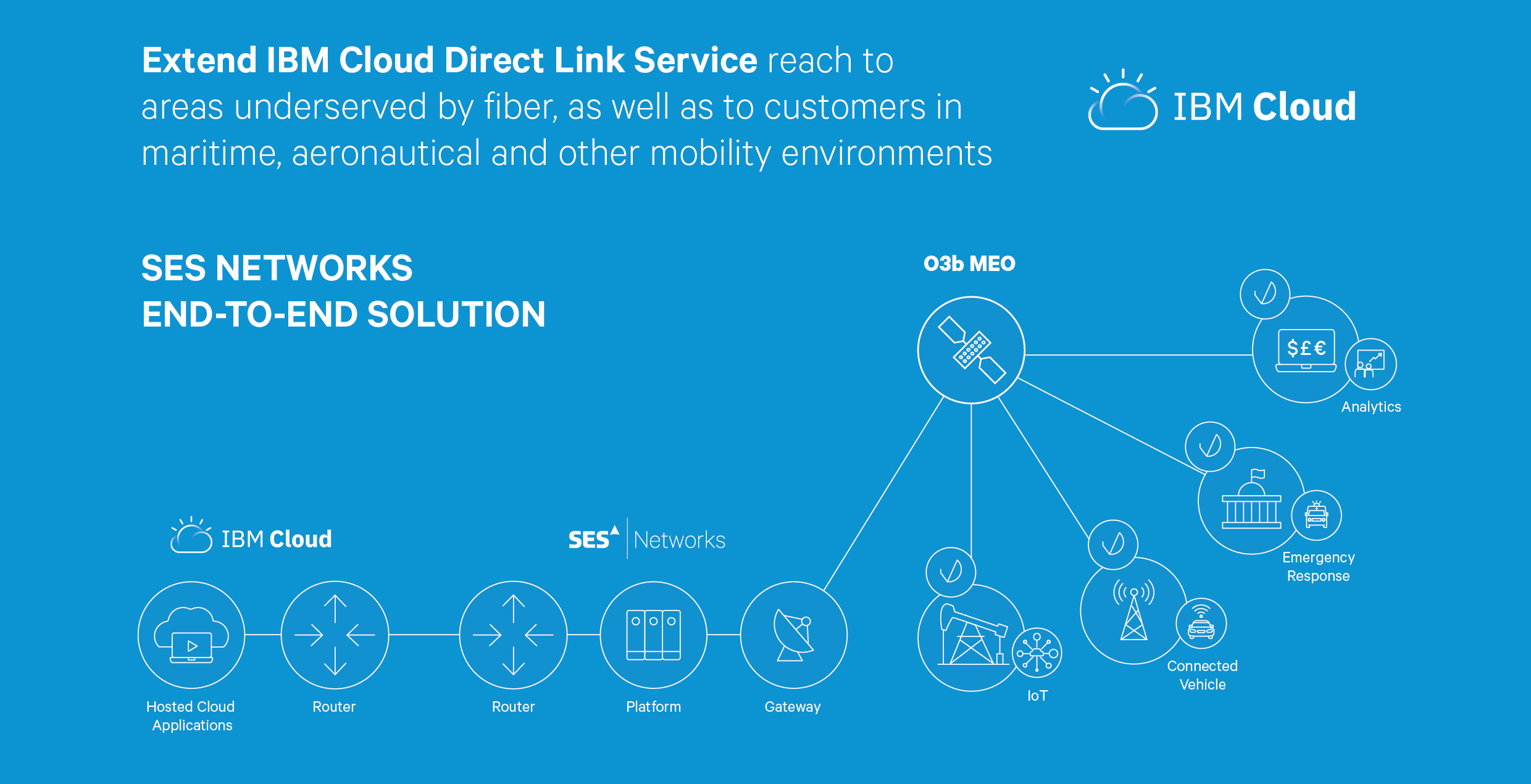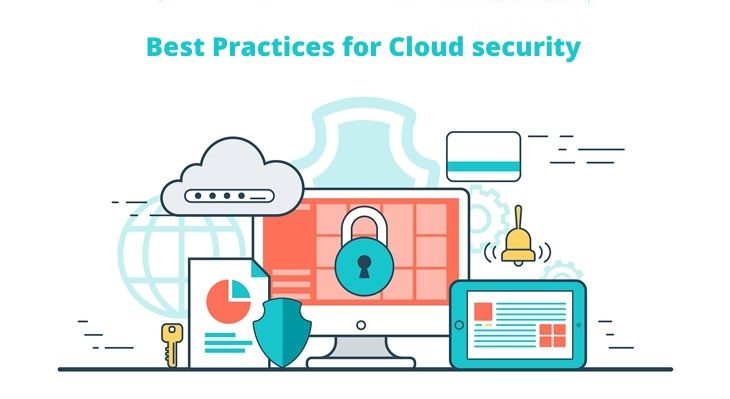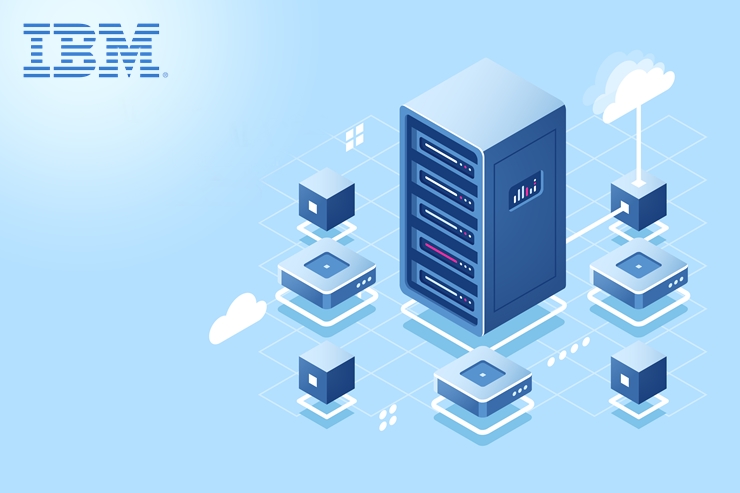What is IBM Cloud Database?
IBM Cloud Database is a robust and versatile cloud-based database solution that offers a wide range of services to manage, store, and analyze data. Its main features include scalability, security, and flexibility, making it an ideal choice for businesses of all sizes. With IBM Cloud Database, users can easily create, deploy, and manage databases without the need for extensive technical expertise or on-premises infrastructure.
Why Choose IBM Cloud Database?
IBM Cloud Database stands out among other cloud-based database services due to its compatibility with various data types and applications. Its flexibility allows users to create, manage, and scale databases according to their specific needs. Additionally, IBM Cloud Database offers a wide range of features designed to ensure data security, availability, and performance.
One of the key advantages of IBM Cloud Database is its ability to handle structured, semi-structured, and unstructured data. This compatibility makes it an ideal solution for businesses seeking to manage diverse data sets, such as relational data, JSON documents, and time-series data. Furthermore, IBM Cloud Database integrates seamlessly with popular programming languages, frameworks, and tools, enabling developers to build and deploy applications quickly and efficiently.
Another significant advantage of IBM Cloud Database is its robust security features. IBM Cloud Database provides data encryption, both at rest and in transit, to protect sensitive information. Additionally, it offers user authentication and authorization mechanisms, ensuring that only authorized users can access the data. IBM Cloud Database also provides network security features, such as virtual private clouds (VPCs) and security groups, to control network access and protect against unauthorized intrusions.
Lastly, IBM Cloud Database offers various performance optimization features, such as indexing, query optimization, and caching. These features enable users to improve the response time and throughput of their databases, ensuring that their applications deliver a fast and responsive user experience. Moreover, IBM Cloud Database provides automatic scaling capabilities, allowing users to handle sudden spikes in traffic and data volume without worrying about performance degradation or downtime.
How to Get Started with IBM Cloud Database
Getting started with IBM Cloud Database is a straightforward process that involves setting up an IBM Cloud account and creating a database instance. Follow these steps to begin your journey:
-
Create an IBM Cloud account: Visit the IBM Cloud registration page and sign up for a free or paid account, depending on your needs.
-
Log in to the IBM Cloud console: Once your account is set up, log in to the IBM Cloud console using your credentials.
-
Create a new resource: Click on the “Create resource” button on the IBM Cloud console and search for the desired database service, such as IBM Cloudant, IBM Db2 on Cloud, or IBM Cloud SQL Query.
-
Configure your database: Follow the on-screen instructions to configure your database instance, including selecting the plan, region, and resource group. Make sure to adjust the settings according to your specific requirements.
-
Access your database: After the database instance is created, you can access it using the credentials provided in the IBM Cloud console. You can also manage and monitor your database using the IBM Cloud console or the service’s specific UI.
For more detailed instructions and screenshots, refer to the IBM Cloud documentation.
IBM Cloud Databases: An In-Depth Analysis
IBM Cloud offers a wide range of cloud-based databases, each designed to cater to specific use cases and data management requirements. Here is an in-depth analysis of three popular IBM Cloud databases:
IBM Cloudant
IBM Cloudant is a fully managed, NoSQL database service built on Apache CouchDB. It provides a flexible data model, seamless scalability, and robust replication capabilities. IBM Cloudant is an ideal solution for managing JSON documents and is particularly suited for mobile, web, and IoT applications.
IBM Db2 on Cloud
IBM Db2 on Cloud is a fully managed, SQL-based relational database service that offers high availability, automatic backups, and encryption. It supports various data types, including XML, JSON, and geospatial. IBM Db2 on Cloud is an excellent choice for enterprise applications, such as ERP, CRM, and e-commerce platforms.
IBM Cloud SQL Query
IBM Cloud SQL Query is a serverless, SQL-based query service that allows users to analyze data across various data sources, such as IBM Cloudant, IBM Db2 on Cloud, and IBM Cloud Object Storage. It provides an easy-to-use, web-based interface and supports standard SQL syntax, making it accessible to developers with varying skill levels.
When comparing these databases, consider the following factors:
-
Data model: Choose a NoSQL database for flexible, schema-less data or a SQL-based database for structured data.
-
Scalability: Select a database that can handle your data volume and traffic requirements.
-
Integration: Ensure that the database integrates seamlessly with your existing applications and tools.
-
Cost: Compare the pricing models of each database to find the most cost-effective solution for your needs.
For more information about IBM Cloud databases, refer to the IBM Cloud documentation.
IBM Cloud Database Security Best Practices
Securing your IBM Cloud databases is crucial to protecting sensitive data and maintaining regulatory compliance. Here are some best practices to help you safeguard your IBM Cloud databases:
Data Encryption
IBM Cloud databases support data encryption both at rest and in transit. Use data encryption to protect your data from unauthorized access and ensure data confidentiality. IBM Cloud databases also provide encryption key management, allowing you to control access to your encryption keys and maintain the highest level of security.
User Authentication
Implement user authentication mechanisms to control access to your IBM Cloud databases. IBM Cloud databases support various authentication methods, such as username/password, LDAP, and OAuth. By enforcing strong authentication policies, you can minimize the risk of unauthorized access and data breaches.
Network Security
IBM Cloud databases provide network security features, such as virtual private clouds (VPCs) and security groups, to control network access and protect against unauthorized intrusions. Use these features to restrict access to your databases and ensure that only trusted networks and devices can connect to your databases.
Monitoring and Auditing
Monitor your IBM Cloud databases for suspicious activities and anomalies. IBM Cloud databases provide monitoring and auditing tools that allow you to track user activities, resource usage, and performance metrics. Regularly review your monitoring data to detect potential security threats and take appropriate action.
Regular Updates and Patches
Keep your IBM Cloud databases up-to-date with the latest security patches and updates. IBM Cloud databases regularly release updates that address security vulnerabilities and improve overall security. By applying these updates promptly, you can minimize the risk of security breaches and ensure the continued protection of your data.
For more information about IBM Cloud database security best practices, refer to the IBM Cloud documentation.
Optimizing Performance in IBM Cloud Databases
Optimizing the performance of your IBM Cloud databases is essential to delivering fast and responsive applications. Here are some strategies for improving the performance of your IBM Cloud databases:
Indexing
Indexes are data structures that improve the performance of database queries. By creating indexes on frequently queried columns, you can significantly reduce query response times. IBM Cloud databases support various indexing strategies, such as B-tree, bitmap, and full-text indexes. Choose the appropriate indexing strategy based on your data and query patterns.
Query Optimization
Optimizing your database queries is crucial to achieving optimal performance. IBM Cloud databases provide query optimization tools that analyze your queries and suggest performance improvements. By following the optimization recommendations, you can reduce query execution times and improve overall database performance.
Caching
Caching is a technique that stores frequently accessed data in memory to reduce database access latency. IBM Cloud databases support various caching strategies, such as in-memory caching and distributed caching. By implementing caching, you can significantly improve the response time of your applications and reduce the load on your databases.
Scaling
Scaling your IBM Cloud databases is essential to handling increasing data volumes and traffic. IBM Cloud databases support various scaling strategies, such as vertical scaling (adding more resources to a single instance) and horizontal scaling (adding more instances). By scaling your databases, you can ensure that they can handle the growing demands of your applications.
Load Balancing
Load balancing distributes the workload across multiple database instances to improve performance and availability. IBM Cloud databases provide load balancing features that automatically distribute the workload across multiple instances. By implementing load balancing, you can ensure that your databases can handle high traffic volumes and provide fast and responsive applications.
For more information about optimizing the performance of IBM Cloud databases, refer to the IBM Cloud documentation.
Real-World Applications of IBM Cloud Database
IBM Cloud Database has proven to be a valuable asset for various industries, enabling them to build, deploy, and manage applications with ease and efficiency. Here are some successful use cases of IBM Cloud Database:
Finance
Financial institutions use IBM Cloud Database to build and deploy applications that require high availability, scalability, and security. For example, a bank can use IBM Cloud Database to build a mobile banking application that supports millions of users and provides real-time transaction processing and analytics.
Healthcare
Healthcare organizations use IBM Cloud Database to build and deploy applications that require the management of large volumes of sensitive data. For example, a hospital can use IBM Cloud Database to build an electronic health record (EHR) system that supports real-time data access, sharing, and analysis.
Retail
Retailers use IBM Cloud Database to build and deploy applications that require real-time inventory management, order processing, and customer analytics. For example, a retailer can use IBM Cloud Database to build an e-commerce platform that supports personalized recommendations, real-time inventory updates, and seamless checkout.
Manufacturing
Manufacturers use IBM Cloud Database to build and deploy applications that require real-time data access, sharing, and analysis. For example, a manufacturer can use IBM Cloud Database to build a manufacturing execution system (MES) that supports real-time data collection, analysis, and visualization.
These are just a few examples of how IBM Cloud Database has been successfully used in various industries. By providing a scalable, secure, and flexible cloud-based database solution, IBM Cloud Database enables businesses to build and deploy applications that meet their unique requirements and deliver value to their customers.
For more information about IBM Cloud Database and its real-world applications, refer to the IBM Cloud documentation.
Future Trends in IBM Cloud Database
As cloud-based databases continue to evolve, IBM Cloud Database is at the forefront of innovation, incorporating cutting-edge technologies and features to meet the ever-changing needs of businesses. Here are some emerging trends in cloud-based databases that are shaping the future of IBM Cloud Database:
Serverless Computing
Serverless computing is an architectural approach that enables developers to build and run applications without worrying about infrastructure management. IBM Cloud Database supports serverless computing, allowing developers to focus on building applications without worrying about provisioning, scaling, or managing databases.
Machine Learning
Machine learning is a type of artificial intelligence that enables systems to learn and improve from experience. IBM Cloud Database integrates machine learning capabilities, enabling developers to build applications that can analyze data, identify patterns, and make predictions. By incorporating machine learning, IBM Cloud Database can help businesses make data-driven decisions and gain a competitive advantage.
Blockchain
Blockchain is a decentralized, distributed ledger technology that enables secure, transparent, and tamper-proof record-keeping. IBM Cloud Database supports blockchain technology, enabling businesses to build applications that require secure, transparent, and tamper-proof data management. By incorporating blockchain, IBM Cloud Database can help businesses build trust, reduce fraud, and improve efficiency.
Quantum Computing
Quantum computing is a type of computing that uses quantum bits (qubits) instead of classical bits to perform calculations. IBM Cloud Database is exploring the potential of quantum computing, enabling developers to build applications that can solve complex problems that are currently unsolvable using classical computing. By incorporating quantum computing, IBM Cloud Database can help businesses unlock new possibilities and gain a competitive advantage.
By incorporating these emerging trends, IBM Cloud Database is poised to continue to lead the way in cloud-based database solutions. With its focus on innovation, security, and scalability, IBM Cloud Database is well-positioned to meet the evolving needs of businesses and enable them to build, deploy, and manage applications with ease and efficiency.
For more information about IBM Cloud Database and its future trends, refer to the IBM Cloud documentation.







